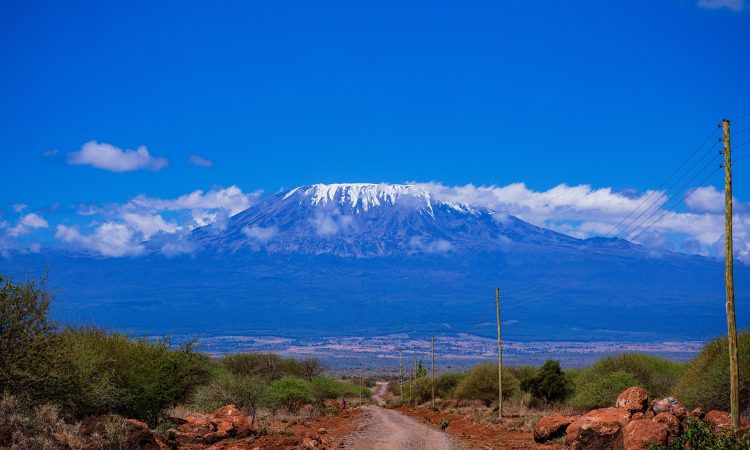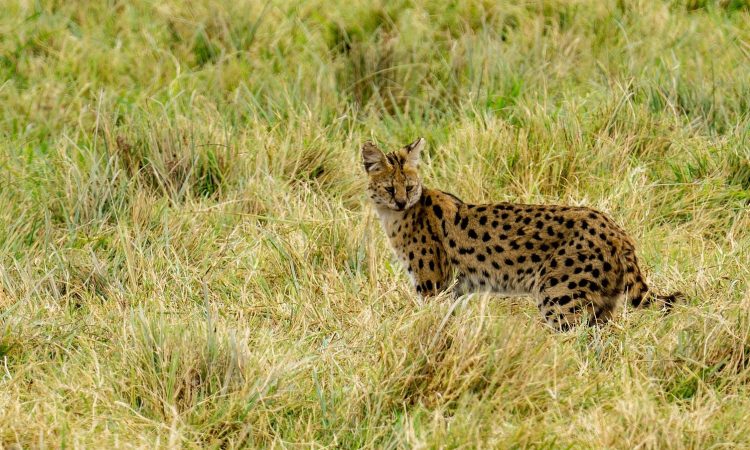Olduvai Gorge, sometimes pronounced as “Oldupai Gorge,” is one of the most significant paleontological sites in the world. In 1911, a German physician and archaeologist named Wilhelm Kattwinkel traveled to East Africa to investigate sleeping sickness and came across Olduvai Gorge, where he found fossils of a three-toed horse.
The word “Olduvai” is derived from a local Maasai word translated to mean “the place of wild sisal” because wild sisal grows widely around the gorge area. The early human species believed to have occupied Olduvai Gorge were Homo habilis 1.9 million years ago, followed by Australopithecus boisei 1.8 million years ago and Homo erectus 1.2 million years ago, then Homo sapiens, estimated to have emerged 300,000 years ago and must have occupied the gorge by 17,000 years ago.
A geologist from Germany was inspired by Wilhelm’s findings and led a team to Olduvai Gorge in 1913, where he discovered hominin remains dating to 17,000 BP. In 1931, Louis Leakey led an expedition with Donald McInnes and Reck to Olduvai Gorge and found hand axes upon arrival.
Geologist Richard Hay spent 12 years studying the geology of Olduvai Gorge with the help of Mary Leakey, hence formulating a picture of the geologic history of the site. A book entitled “Olduvai Gorge” was published in 1976 by Richard Hay.
The stratigraphic sequence in the gorge is up to 90 meters thick, overlain by a series of lava flows from Olmoti Mountain and other sources. In 1951, Leakey first described the Oldowan stone tool industry, with choppers being the most common tool found at the gorge, and half of the total number of choppers found there.
In 1959, a skull of Zinjanthropus and Australopithecus boisei was found, and later, the mandible that proved to be the type specimen for Homo habilis was discovered. Olduvai is located on the eastern side of the Serengeti plains on a steep, riverine side, 48 kilometers long and 295 feet deep. Olduvai Gorge is registered as one of the national historic sites of Tanzania.
Fifty hominin remains have been discovered dating from 2,100,000 years to a 15,000-year timespan, providing a complete sequence of stone tool industries. The discoveries at Olduvai have also proven that the human lineage originated in Africa. Archaeologists believe that hominins inhabiting the area between 1.9 to 1.7 million years ago were hunter-gatherers.
Olduvai Gorge is within the Ngorongoro Conservation Area, which you should not miss visiting while in Tanzania.
Ngorongoro Conservation Area The Ngorongoro Conservation Area is located in the northern part of Tanzania, in the eastern arm of the Great Rift Valley. It was established in 1959 as a multipurpose area for Maasai pastoralists to graze their cattle and for wildlife. It is characterized by savannah grasslands, savannah woodlands, forests, and highland plains.
The Ngorongoro Conservation Area is home to several wildlife species, including the African Big Five: elephants, rhinos, buffalos, leopards, and lions, as well as wildebeests, zebras, warthogs, Grant’s gazelles, Thomson’s gazelles, hyenas, giraffes, impalas, topis, and many others.
The area is also a birders’ paradise, with over 500 species of birds recorded. Some of the examples you will find are the white-eyed slaty flycatcher, Kenya rufous sparrow, Jackson’s widowbird, Namaqua dove, Kori bustard, capped wheatear, African spoonbill, northern anteater chat, rosy-throated longclaw, red-and-yellow barbet, Livingston’s turaco, and the fan-tailed widowbird, to mention a few.
The Ngorongoro Conservation Area includes the Ngorongoro Crater, which is the largest caldera in the world.
Tourists visiting the Ngorongoro Conservation Area can stay in various accommodation units, such as Ngorongoro Tortilis Camp, Elewana The Manor at Ngorongoro, Gibb’s Farm Lodge, Sanctuary Ngorongoro Crater Camp, Ngorongoro Sopa Lodge, Ngorongoro Wildlife Lodge, Neptune Ngorongoro Luxury Lodge, Ngorongoro Rhino Lodge, and Ngorongoro Farm House, to mention a few.
The best time to visit the Ngorongoro Conservation Area is from June to September and December to February when the roads leading to the park are in perfect condition and the vegetation is not too thick, making it easier to spot wildlife. The December to February season is even better than June to September because this is when the great wildebeest migration is around the Ngorongoro Conservation Area, and it is also calving season.
Olmoti Crater Walk Olmoti Crater is the best place in Ngorongoro for exploring the area on foot. You will be able to spot some wildlife species and several species of birds, and butterflies. During your walk, the traditional Maasai guide will also show you how they use different plants for medicinal purposes. The walk around the crater is usually strenuous and at high elevation, so you need to be reasonably fit. Also, make sure to pack hiking boots, a water bottle, binoculars, a light raincoat, sunscreen, a hat, sunglasses, energy snacks, and wear long-sleeved clothes.











